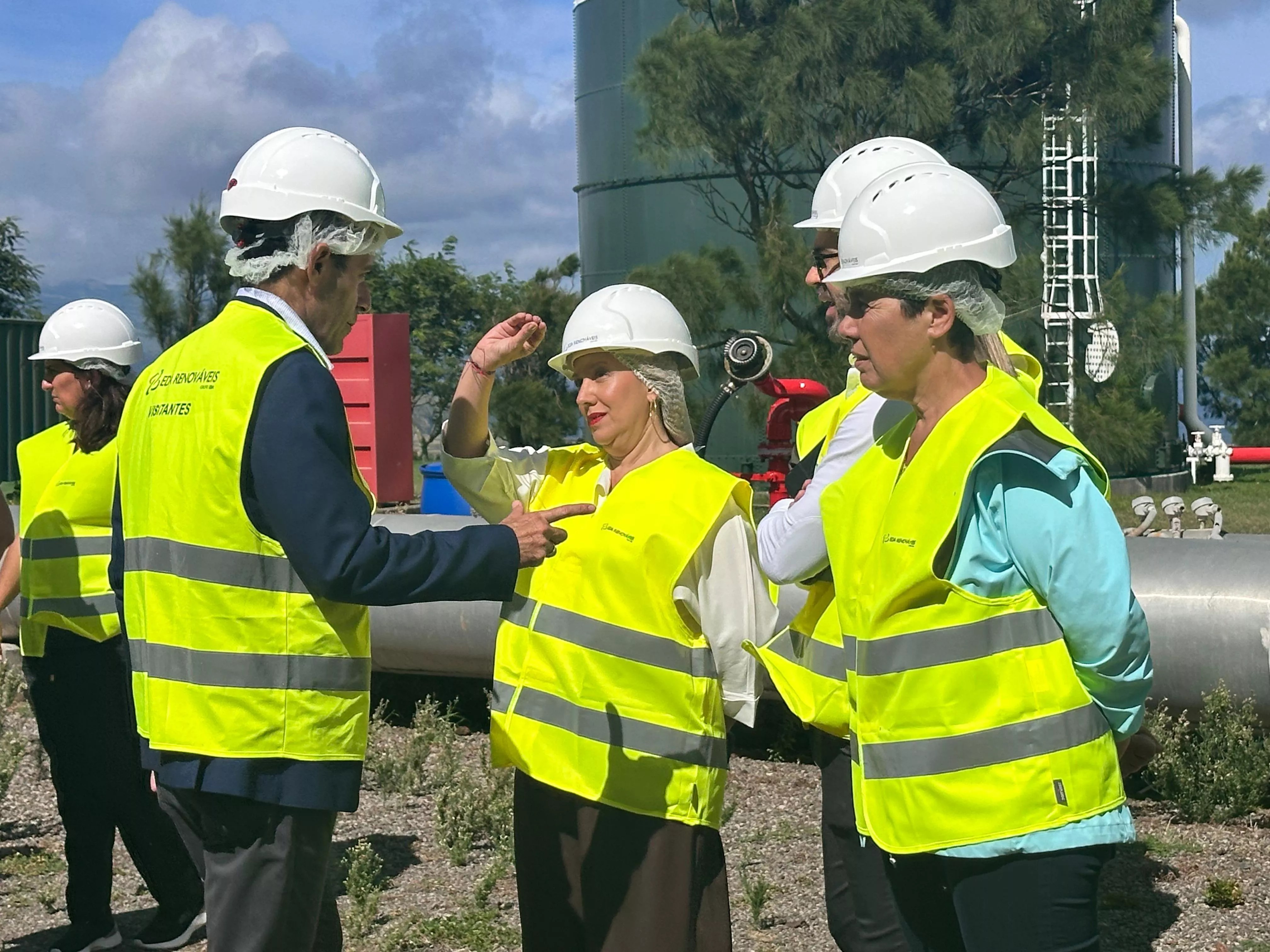The Tenerife Council advocates for the Urban Conservation Entity (UCE) as the established model for managing industrial estates in the country, stating that it “functions effectively.” The regional government insists that the proposal emerges from consensus with landowners and dialogue with local councils. Industry councillor Manuel Fernández emphasises, “we’re replicating a successful model.” He expresses disagreement with claims that promoting this body is a step backwards in organising the management of the Valle de Güímar Industrial Estate.
### Landowners
Despite no legislation preventing the creation of the Entity, one key argument for the Council’s proposal is the inclusion not only of Candelaria, Arafo, and Güímar councils as landowners affected by the industrial complex, but also the owners of the over two million square metres occupied by the Estate. The regional government is so convinced that it delivered a draft statute to the three mayors, aiming to reach an agreement with councils and businesses this month for public consultation. The Council aims to establish the Urban Conservation Entity within a year.
### A Failed Attempt
Over five years (2014-2020), the Council, councils, and businesses negotiated the formation of a similar entity, but legal challenges noted in municipal legal reports and business disagreements rendered these efforts unsuccessful. As an alternative, they opted for a consortium. During the previous administration, an agreement among the administrations, backed by their legal services, was left pending formal completion according to the parties at the time. The mayors were Candelaria’s Mari Brito (PSOE), Arafo’s Juan Ramón Martín (CC), and Güímar’s Gustavo Pérez (CC), who remain in office. No changes this term. The Council president was socialist Pedro Martín (in coalition with Ciudadanos); now it’s nationalist Rosa Dávila (in coalition with the PP).
### No Record
“When I joined the Council, there was no record regarding the Valle de Güímar Industrial Estate Consortium; only references to two occasions where the issue was left on the Insular Government Council’s table. Nothing was ever approved, though there was a draft consortium statute approved by township councils, referencing financial contributions from public administrations, but no formal agreement or push to establish it,” explained the Industry councillor. “We dismissed the Consortium as only the Council and local councils would provide funding; the Urban Conservation Entity would also involve Estate landlords who are willing to participate,” he added.
### The Well
Manuel Fernández noted that establishing the Urban Conservation Entity was part of an agreement wherein the Mixed Compensation Association (in dissolution) handed the Estate over to councils. Creating the Entity within two years was essential for councils to own the Chiguengue Well, which provides water to the Industrial Estate. “As it stands, the well belongs to the Mixed Association because that point and the councils’ financial contribution to the Entity weren’t developed for various reasons.”
The councillor highlighted that members of the Mixed Association (Council, Sepes, and Caixa) intend to “maintain the ten-year-old agreement’s spirit, ultimately enabling the three councils to own the well.” This remains a crucial factor in unlocking the entire process.
















